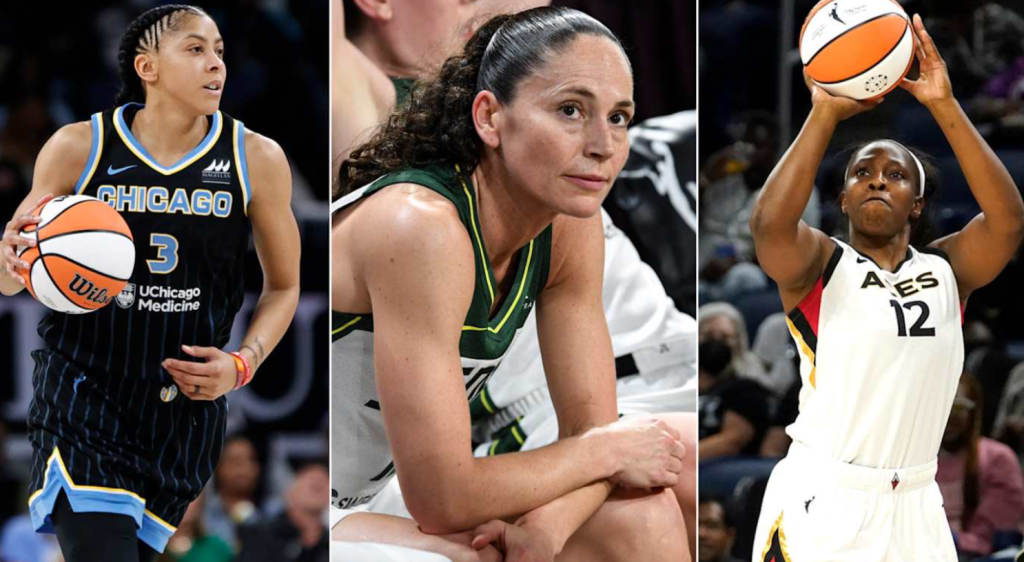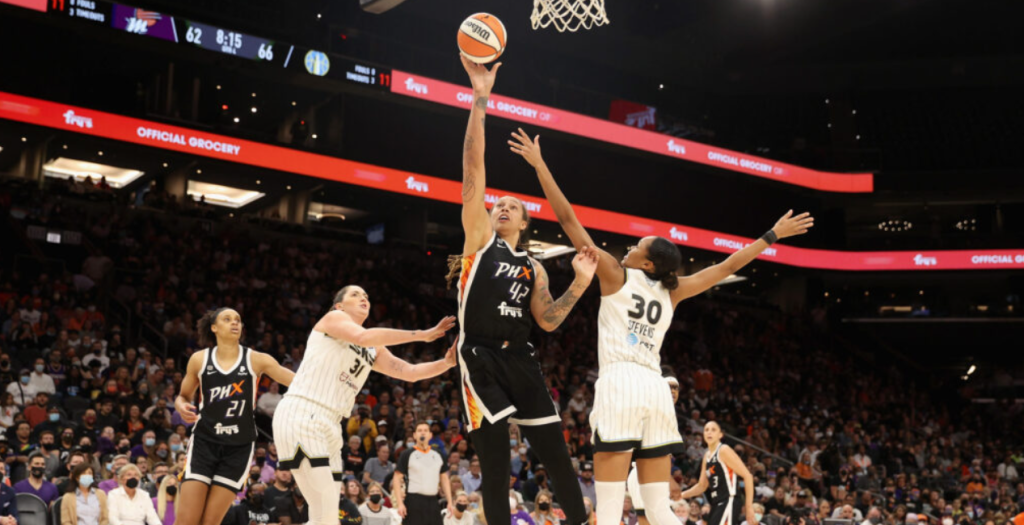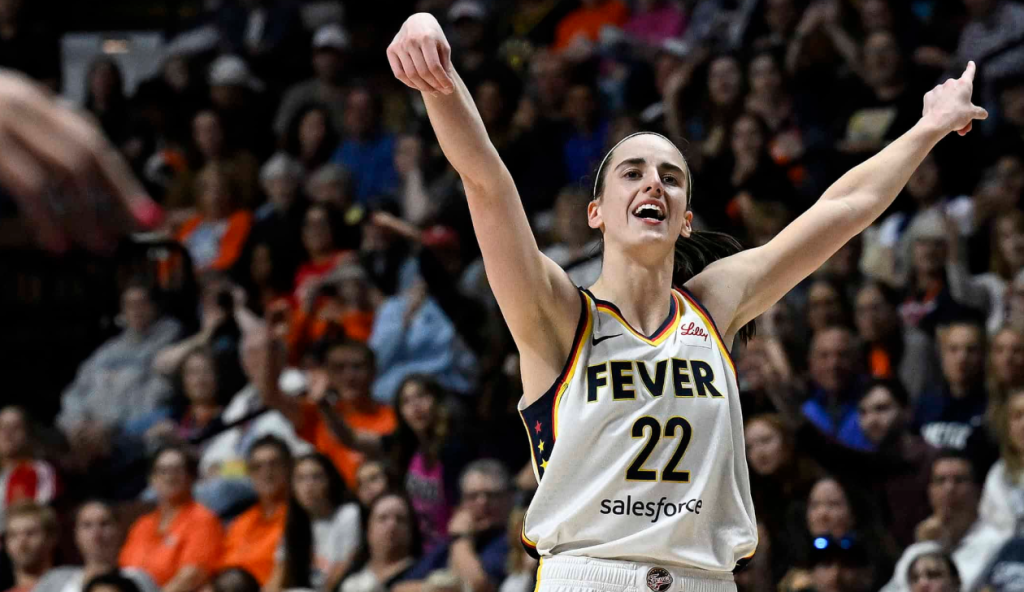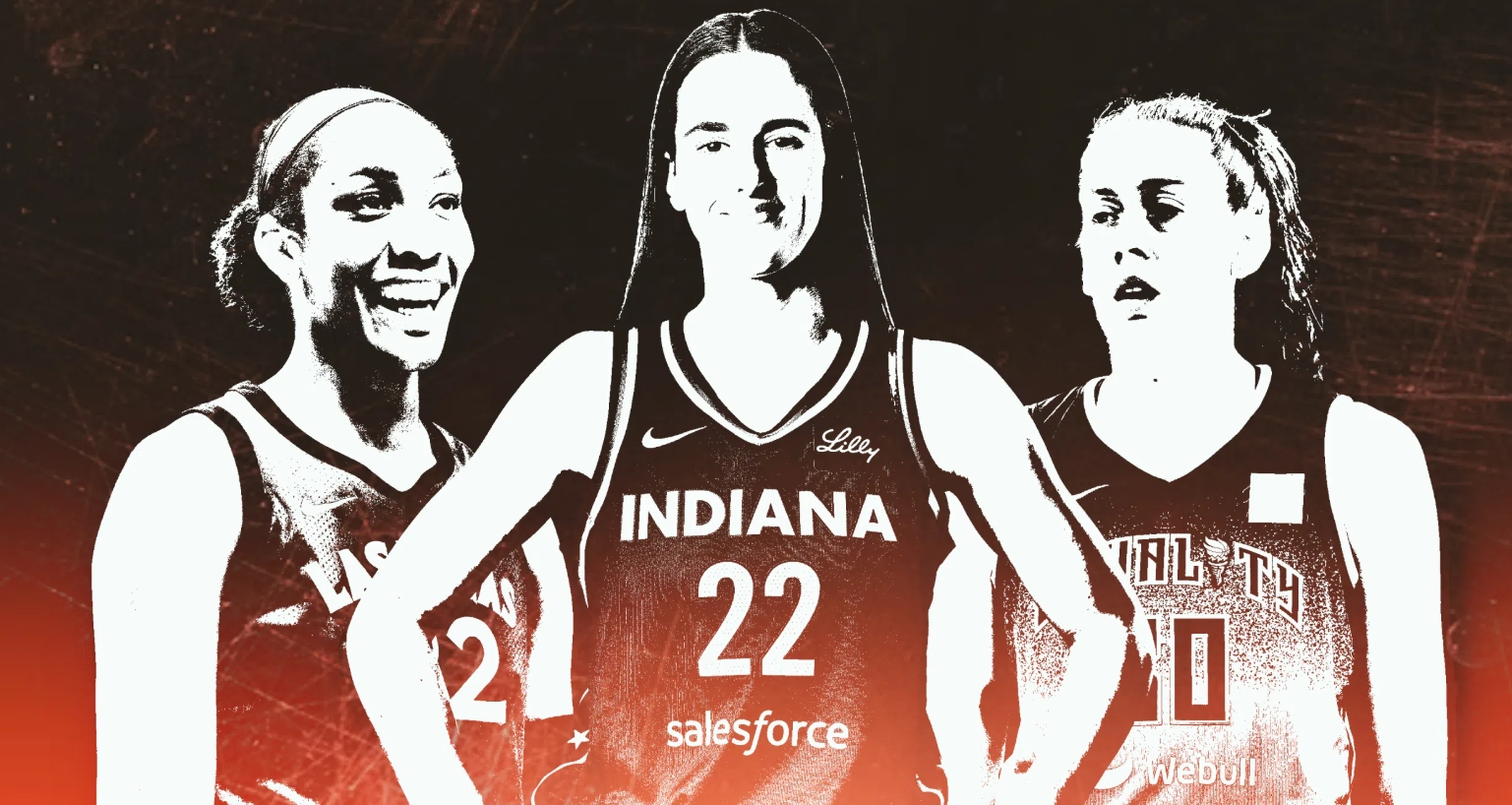The Women’s National Basketball Association (WNBA) continues to rise in popularity and competitiveness, making it an exciting arena for fans, analysts, fantasy players, and bettors alike. With its fast-paced gameplay, elite talent, and tactical depth, the WNBA offers a wealth of opportunities for those interested in making accurate predictions—from single-game outcomes to season-long projections. WNBA Predictions cover everything from win/loss outcomes and player performances to championship forecasts and award contenders.
Like any high-level basketball league, predicting outcomes in the WNBA involves a combination of statistical analysis, team chemistry evaluation, player matchups, and understanding league trends. While smaller than the NBA, the WNBA’s more condensed season and concentrated talent pool make prediction models potentially even more efficient when applied correctly.
The Fundamentals of WNBA Predictions
WNBA predictions generally revolve around the following categories:
- Game outcomes (moneyline, spread, total points)
- Player performance (points, rebounds, assists, etc.)
- Team statistics and trends
- Season-long projections (playoffs, MVP, Rookie of the Year, etc.)
- In-game predictions (live betting, quarter-by-quarter outcomes)
Each of these categories relies on different variables, so a well-rounded predictor uses a blend of analytics, intuition, and up-to-date information.
Player Performance and Star Power
One of the most defining aspects of the WNBA is the influence of top-tier players. Stars like A’ja Wilson, Breanna Stewart, Sabrina Ionescu, and Arike Ogunbowale can completely shift the dynamics of a game. Predicting outcomes often begins with analyzing individual player performances, especially among All-Star-caliber athletes.
Key performance stats include:
- Points Per Game (PPG): Who is the go-to scorer?
- Field Goal and 3-Point Percentage: Efficiency matters in tight games.
- Usage Rate: Indicates how typically a player has the ball.
- Assist and Turnover Ratios: Important for guards and playmakers.
- Defensive Metrics (steals, blocks, opponent shooting percentage): Often under-analyzed, but game-changing.
Unlike larger leagues, WNBA teams often rely heavily on a core of two to four players. Understanding how those players match up against their opponents is key in making accurate predictions.

Matchup Analysis and Game Flow
Matchups dictate strategy. For example, a team with dominant post players will look to control the paint against smaller lineups, while a guard-heavy team may exploit slower defenders through pick-and-rolls and perimeter shooting.
When analyzing matchups, consider:
- Frontcourt vs. Frontcourt: Who controls rebounding and inside scoring?
- Perimeter defense: Can a team guard the 3-point line effectively?
- Transition game: Teams that excel on the fast break can quickly rack up points.
- Pace of play: High-possession games favor teams with deeper benches.
Coaches play a major role in dictating tempo and adjustments. Understanding a coach’s tendencies—whether they prefer half-court sets or uptempo basketball—can also inform predictions about scoring totals and overall game rhythm.
Team Form and Recent Trends
In a league with fewer games (typically 36 in the regular season), momentum and form are especially important. A five-game winning streak in the WNBA carries more weight than in leagues with longer schedules.
When predicting outcomes, track:
- Recent shooting efficiency
- Turnover trends
- Bench contributions
- Injury reports and minutes distribution
- Home vs. away performance (travel fatigue can matter)
Teams that are hot from the field, sharing the ball well, and getting bench scoring are often better bets than squads relying too heavily on one or two scorers.
Home-Court Advantage and Travel Impact
While not as pronounced as in the NBA, home-court advantage still matters in the WNBA, especially due to travel and rest differences. Teams playing back-to-back games or finishing road trips may show signs of fatigue, which can impact shooting, defense, and overall energy.
Additionally, teams with strong home fan bases, like the Las Vegas Aces and Connecticut Sun, typically perform better in familiar environments.
Home/away splits to consider:
- Scoring differential at home vs. on the road
- Defensive consistency
- Rebounding performance (energy and hustle stats)
- Shooting efficiency (especially from the bench)
Spotting subtle shifts in energy levels and travel patterns can give your predictions a sharp edge.
Injury Reports and Player Availability
Due to smaller rosters in the WNBA, player injuries can have a larger impact than in leagues with more depth. If a team loses a key starter or bench contributor, the ripple effect is immediate—minutes are redistributed, offensive roles shift, and defensive assignments change.
When evaluating a prediction:
- Check official injury reports and beat writer updates.
- Look at player usage in recent games—are they playing through nagging injuries?
- Consider how a replacement player matches up against the opponent.
An absence in the frontcourt might open up offensive rebounding for the other team, while the loss of a primary ball-handler could increase turnovers.

Advanced Metrics and Statistical Modeling
For deeper accuracy, top predictors rely on advanced analytics. These numbers go beyond basic stats to reveal team efficiency and style of play.
Some valuable metrics include:
- Offensive Rating (points scored per 100 possessions): How efficiently does the team score?
- Defensive Rating: A team’s ability to limit opponent scoring.
- Net Rating: Offensive minus defensive rating—an overall team strength metric.
- Effective Field Goal Percentage (eFG%): Adjusts for the value of 3-point shots.
- True Shooting Percentage (TS%): Accounts for free throws as well.
Combining these stats with game pace can provide better insights into total score predictions, point spreads, and potential blowouts.
Betting Market and Public Perception
In the world of WNBA betting, public sentiment can sometimes mislead odds, especially when high-profile players or teams are involved. The Las Vegas Aces or New York Liberty, for example, may be overvalued in betting markets due to star-studded rosters.
Smart predictors consider:
- Line movement and sharp betting signals
- Public vs. sharp money splits
- Overreactions to a single standout performance
Avoid falling into the trap of hype-driven expectations. Objective analysis of data often reveals where true value lies.
Season-Long Forecasts: MVPs, Playoffs, and Futures
Beyond daily predictions, WNBA forecasting includes futures markets—predicting who will win the MVP, Rookie of the Year, Defensive Player of the Year, or the WNBA Finals.
To predict these successfully:
- Watch long-term performance trends (consistency matters).
- Track team records (award winners often come from top teams).
- Monitor media narratives—voter sentiment can sway awards.
- Consider usage and clutch performance.
Teams with deep playoff experience or strong leadership often outperform expectations late in the season, so understanding team identity and chemistry can enhance your playoff predictions.

Fantasy WNBA and Daily Player Predictions
Fantasy sports continue to grow in the WNBA, with daily and season-long contests offering another avenue for prediction.
Key tips:
- Target players with high usage rates and minutes played.
- Stack players from high-scoring matchups.
- Avoid players with declining recent performance or inconsistent roles.
In fantasy, understanding player roles, injury rotations, and team pace helps craft winning lineups. Late injury updates can also create value picks that outperform expectations.

